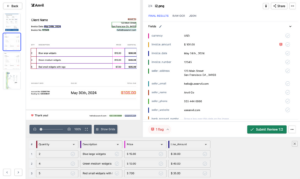Purchase orders (PO) are legal documents that are drawn to finalize contracts between a buyer and a supplier. Today, the purchase order has become an indispensable part of modern businesses.
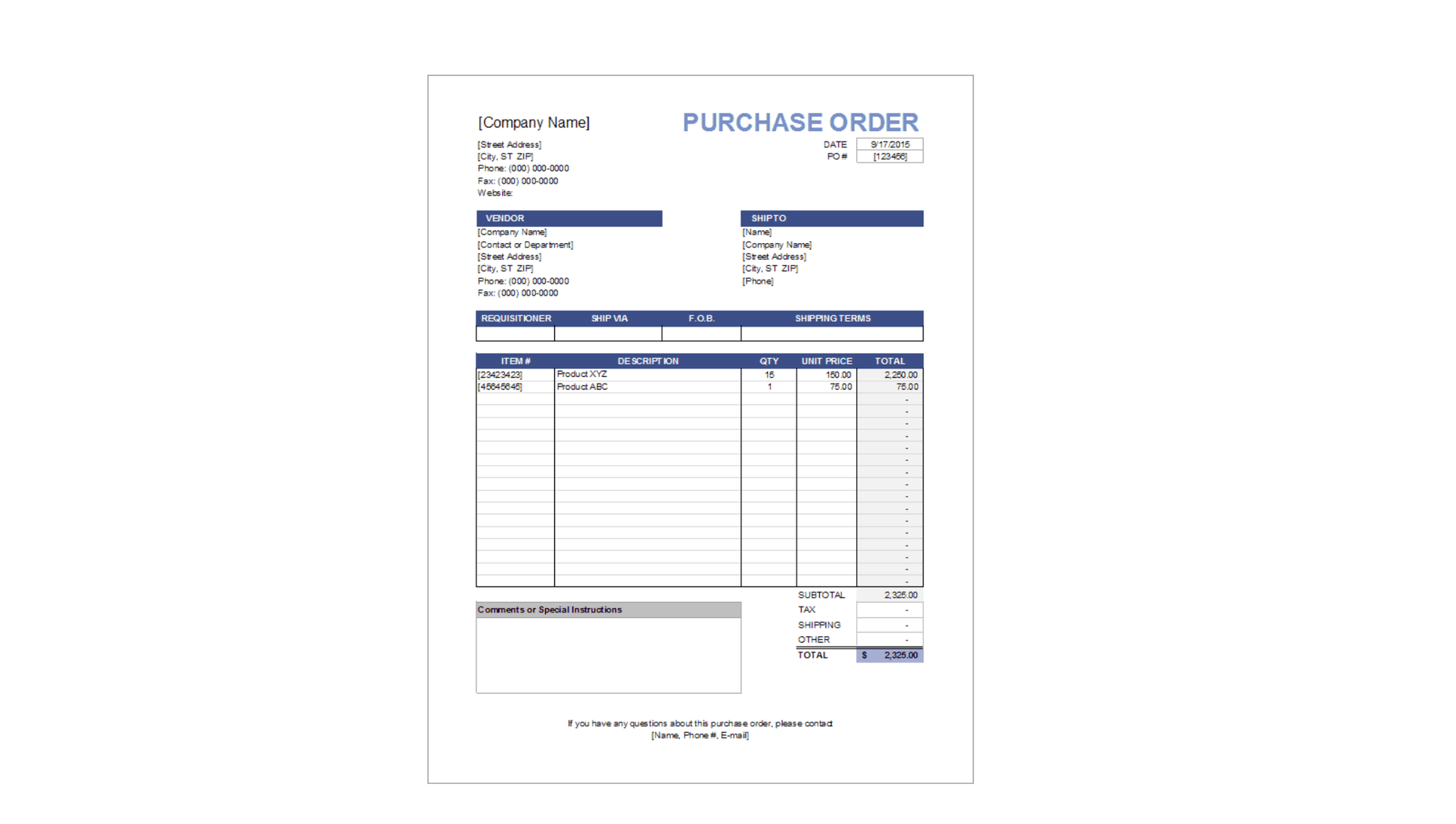
It is involved whenever goods or services are being procured and plays critical roles in
- formalizing agreements
- tracking orders
- controlling expenditures
- resolving disputes
However, managing these purchase order documents manually is a big hassle.
- manual purchase order processing can increase cycle times by up to 50%.
- the error rate in manual data entry can be as high as 30%, leading to costly rework and delays.
- businesses using manual processes spend nearly twice as much on procurement operations compared to those that have automated systems.
All this leads to the need for a digital system which can create, track and process purchase orders in a streamlined manner. This is what a PO system does.
What is a purchase order system?
A purchase order (PO) system is a digital platform designed to automate and streamline the purchase process. It allows businesses to create, track, and manage purchase orders electronically.
By integrating with other business systems such as inventory and finance, a PO system ensures accuracy, reduces manual errors, and enhances efficiency.
Today, both small and big businesses are increasingly adopting automated PO systems. These PO systems are effective in
- automating purchases
- reducing errors
- controlling expenses
- saving time
- improving spending/ budget planning
- improving supplier relations
- ensuring compliance with documentation for audits
How does a PO system work?
We know now that a PO system streamlines the purchase order workflow.
Let’s look at an example of a typical manual PO workflow, and then explore how the introduction of a PO system streamlines the workflow.
Manual Purchase Order Workflow
1. Purchase Request:
An employee at a small manufacturing company identifies the need for new raw materials. The employee fills out a purchase request form and submits it to the purchasing department.
2. Purchase Order Creation:
The purchasing manager reviews the request and manually creates a purchase order (PO) in a spreadsheet or on paper, detailing the required items, quantities, and prices.
3. Purchase Order Approval:
The PO is sent to the finance department for approval. This might involve printing the document and getting physical signatures.
4. Purchase Order Dispatch:
Once approved, the PO is emailed or faxed to the supplier.
5. Goods or Services Delivery:
The supplier processes the order and delivers the goods to the company’s receiving department.
6. Invoice Matching:
The supplier sends an invoice to the company. The accounts payable team matches the invoice with the PO and the receiving report to ensure consistency.
7. Payment Processing:
After matching, the accounts payable team processes the payment according to the agreed-upon terms.
Going through the workflow above, we can see that the tasks involved are manual, error-prone and slow. The company can introduce a PO system to do away with these challenges. Here’s how an automated PO system like Nanonets handles the above workflow.
Purchase Order Workflow with PO System
1. Purchase Request:
An employee uses the Nanonets portal to submit a purchase request electronically.
2. Purchase Order Creation:
Nanonets automatically generates a PO based on the request details.
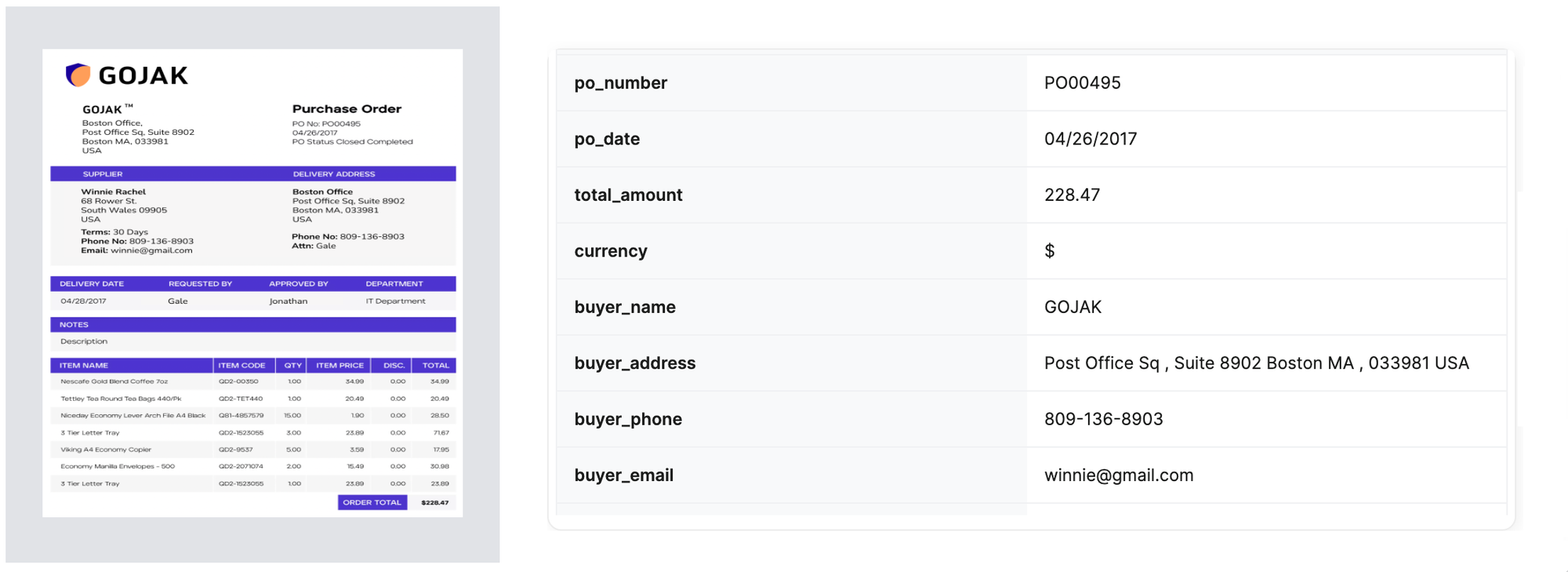
3. Purchase Order Approval:
The PO is routed through an automated approval workflow within Nanonets.
You can set predefined rules and conditional checks to maintains consistency across all procurement activities, minimizing errors and preventing unauthorized spending.
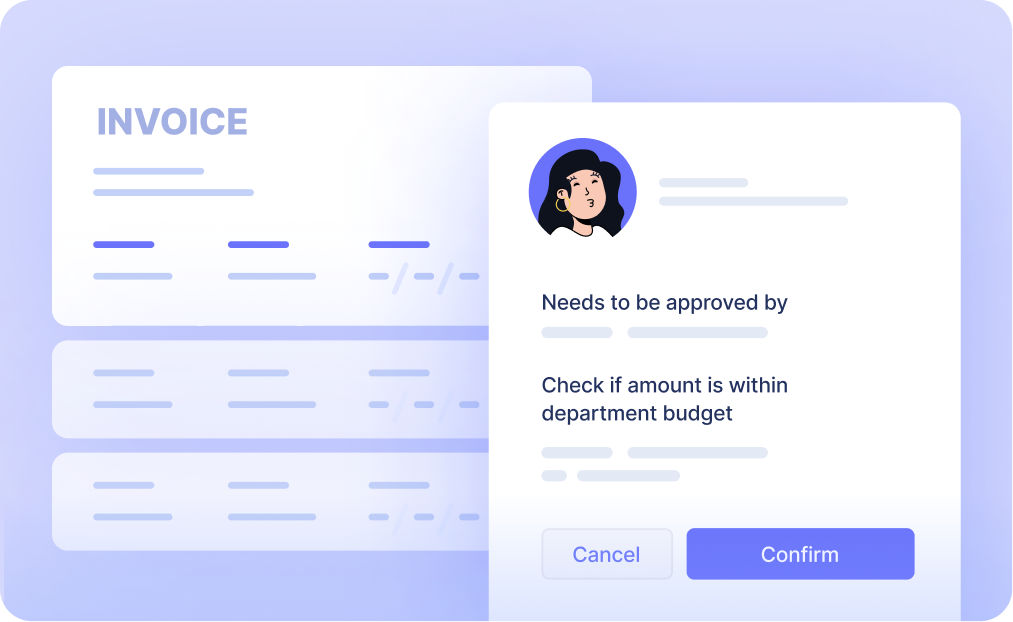
Approvals notifications are sent and can be easily handled within popular communication tools like Slack and Microsoft Teams.
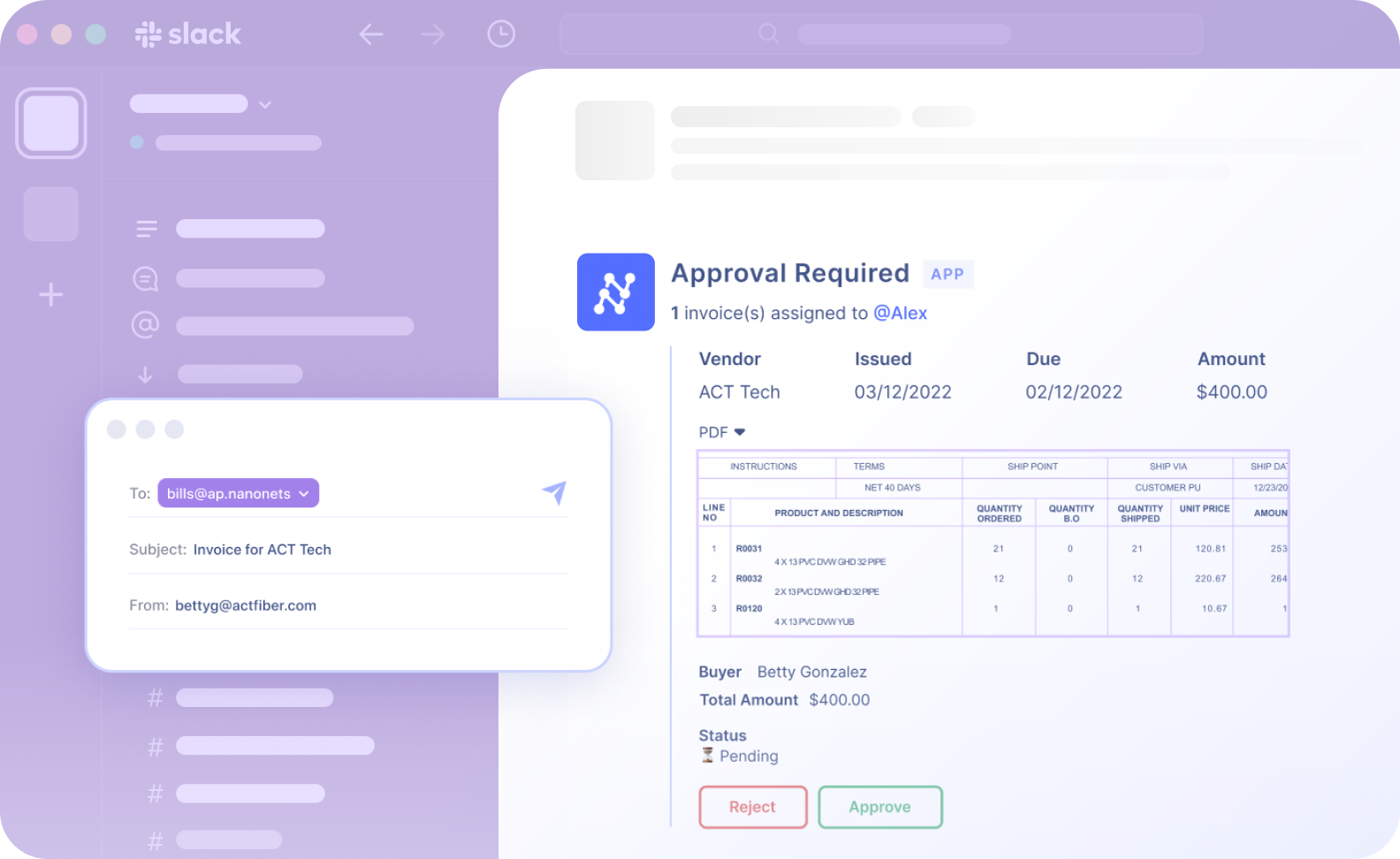
These approvals include direct Call To Actions (CTAs), simplifying the process and facilitating swift decision-making.
4. Purchase Order Dispatch:
Once approved, the system automatically sends the PO to the supplier via integrated email or supplier portal (e.g., SAP Ariba, Coupa).
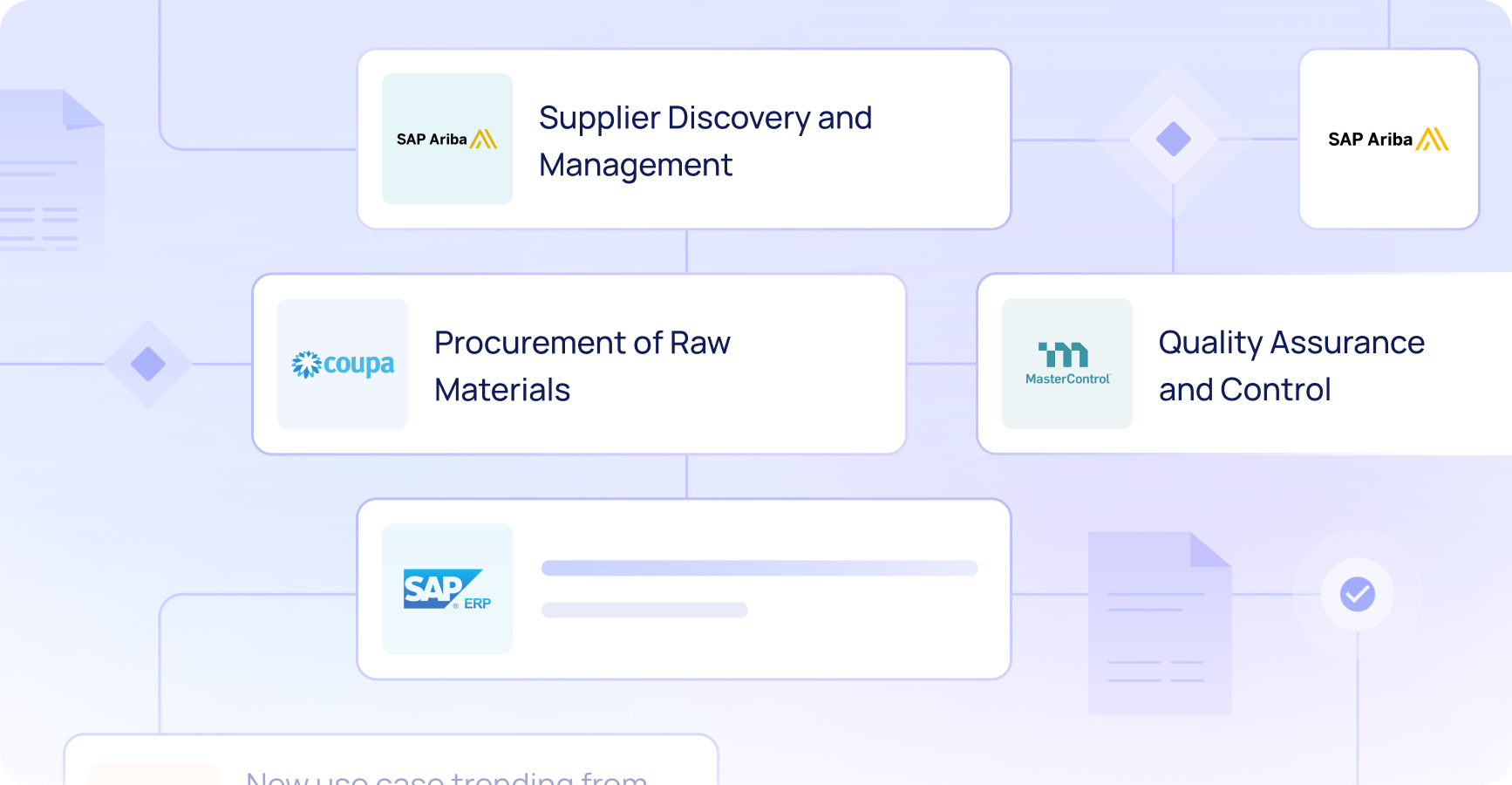
5. Goods or Services Delivery:
The supplier processes the order and updates the delivery status in the supplier portal, which is synced with Nanonets.
6. Invoice Data Capture and Matching:
Nanonets extracts data from invoices, purchase orders, and delivery notes automatically, minimizing manual entry and errors.
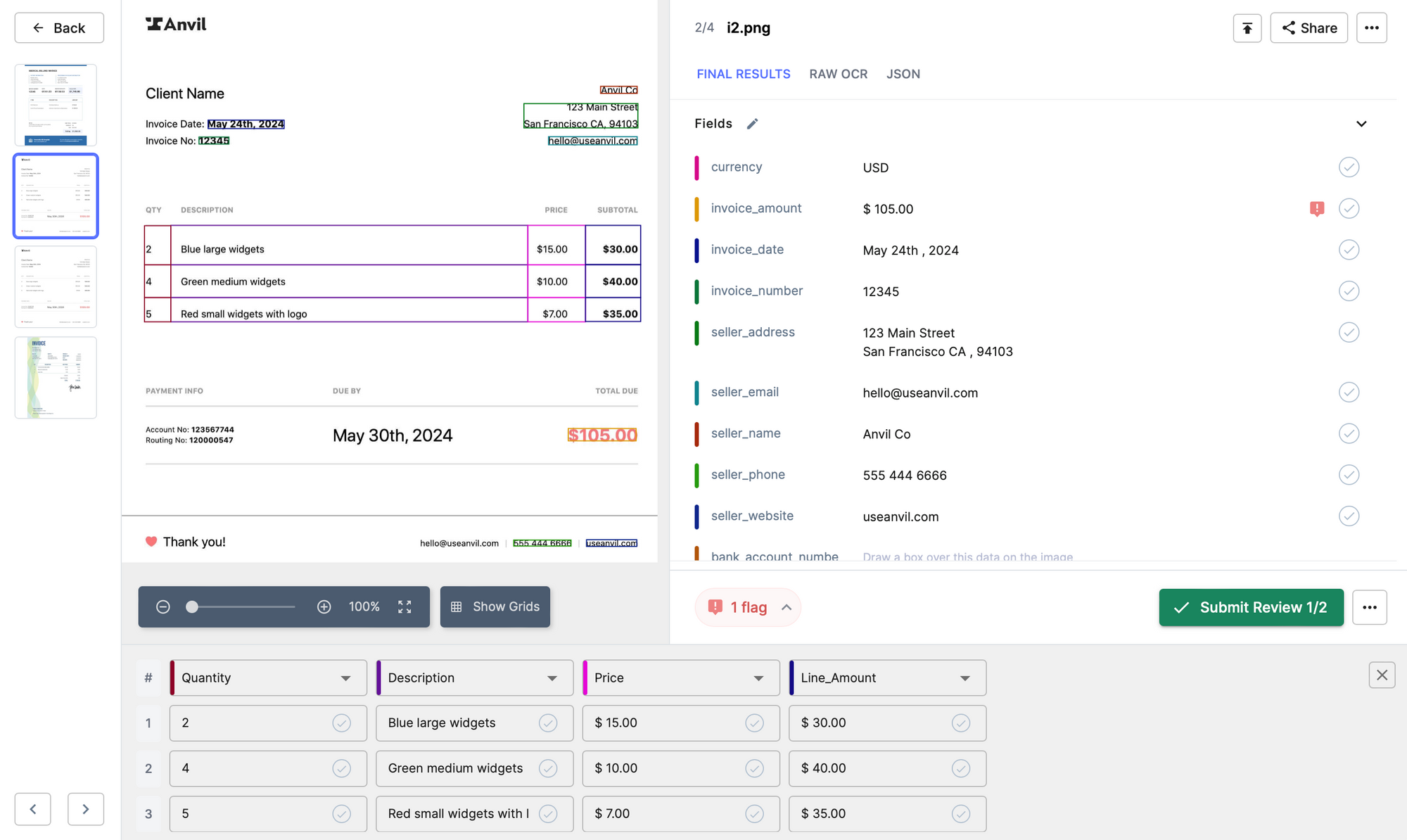
Automated three-way matching ensures accuracy by automatically matching invoices, purchase orders, and delivery notes before processing payments.
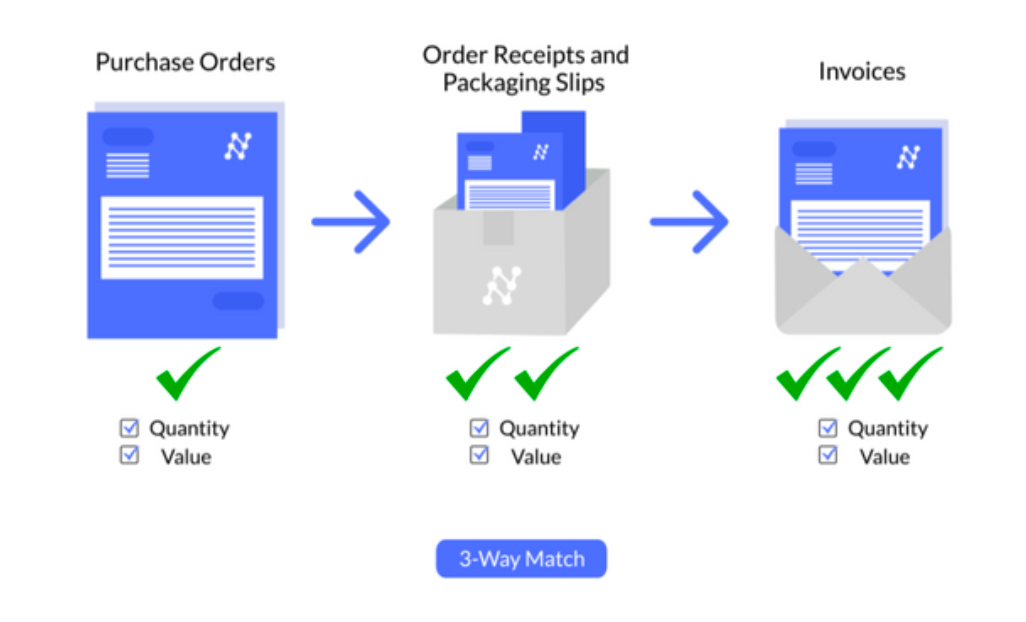
7. Payment Processing:
Nanonets facilitates seamless payment processes, ensuring that all transactions are completed efficiently and on time. This helps in maintaining good relationships with suppliers and avoiding late payment penalties.

8. Integration with ERP/Accounting Software:
Nanonets integrates with various ERP and accounting systems for a unified procurement and financial data management experience.
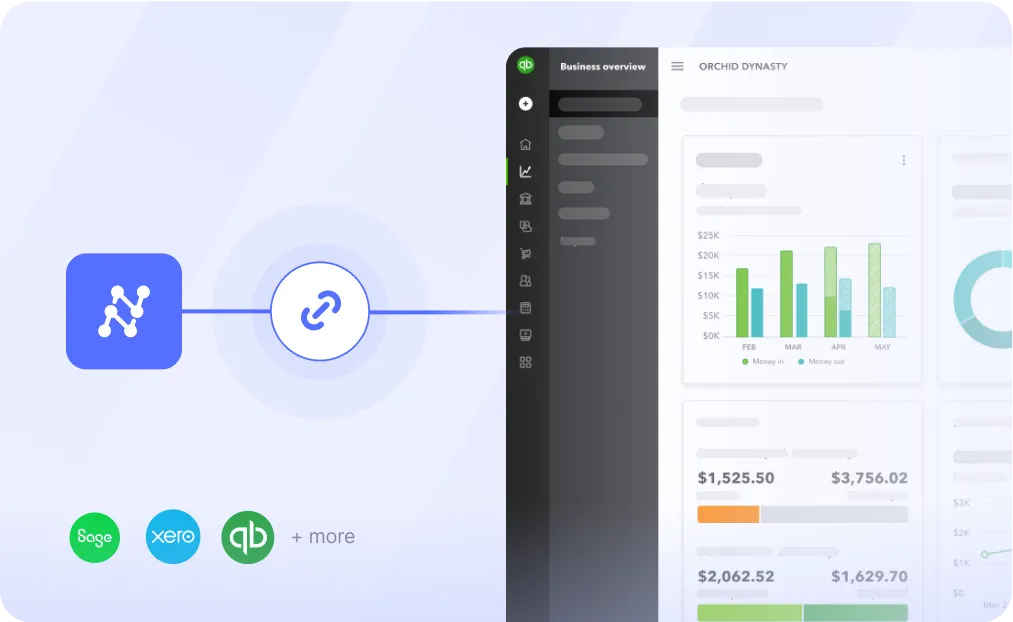
By automating the purchase order workflow with a PO system like Nanonets, businesses can ensure seamless data flow across various applications, reduce manual errors, and enhance overall efficiency.
Are PO Systems Necessary for Small Businesses?
Larger companies neccessarily need a complete PO system set up to manage the procurement process. Multiple purchasing transactions involving a large number of employees necessitates complete monitoring and tracking of the entire process.
Small businesses often operate with limited resources and may question the necessity of implementing a Purchase Order (PO) system. However, there are several compelling reasons why even small businesses can benefit significantly from a PO system:
- Improved Financial Control: A PO system helps small businesses keep track of their spending, ensuring that they stay within budget. By documenting every purchase, businesses can easily monitor expenses and identify any unnecessary spending.
- Streamlined Purchasing Process: With a PO system in place, the purchasing process becomes more structured and efficient. It helps in maintaining a clear record of what was ordered, when, and from whom. This reduces the risk of errors, such as duplicate orders or incorrect quantities.
- Enhanced Vendor Relationships: Using a PO system can improve relationships with suppliers by providing clear, formal documentation of orders. This ensures that both parties have a mutual understanding of the terms and quantities agreed upon, reducing the chances of disputes.
- Better Inventory Management: A PO system assists in tracking incoming inventory, ensuring that stock levels are adequately maintained. This prevents overstocking or stockouts, which can be particularly detrimental to small businesses with tight cash flows.
- Compliance and Audit Trail: Small businesses are often subject to audits and regulatory requirements. A PO system provides a thorough documentation trail, making it easier to comply with legal and financial regulations. This transparency can be crucial during audits, providing clear evidence of financial transactions.
- Cost Savings: While there is an initial investment in setting up a PO system, the long-term savings can be substantial. By avoiding over-ordering, negotiating better terms with suppliers, and reducing administrative overhead, small businesses can achieve significant cost efficiencies.
- Scalability and Growth: As a small business grows, its purchasing needs become more complex. A PO system can scale with the business, providing the necessary infrastructure to handle increased order volumes and more intricate supply chains.
Many PO systems like Nanonets are now offered as Software as a Service (SaaS) with subscription-based pricing. This means small businesses can access sophisticated software without the need for a large upfront investment. Flexible pricing plans allow businesses to pay only for the features they need.
In conclusion, while the upfront effort of implementing a PO system might seem daunting for small businesses, the benefits it provides in terms of financial control, efficiency, and scalability make it a valuable investment.
Adopting a PO system can help small businesses streamline operations, reduce costs, and set a solid foundation for future growth.
Conclusion
The Purchase Order (PO) system has become indispensable for modern businesses, addressing the inefficiencies and errors of manual PO processing. Digital PO systems streamline procurement, ensuring accuracy, reducing cycle times, and cutting costs.
A PO system like Nanonets automates workflows from purchase requests to payments, integrates with other business systems, and enhances vendor relationships. It provides better financial control, compliance, and scalability, essential for business growth.
For small businesses, PO systems offer significant benefits, including cost savings, improved efficiency, and streamlined processes. With flexible, cost-effective pricing models, modern PO systems are accessible and make sense for businesses of all sizes.
- SEO Powered Content & PR Distribution. Get Amplified Today.
- PlatoData.Network Vertical Generative Ai. Empower Yourself. Access Here.
- PlatoAiStream. Web3 Intelligence. Knowledge Amplified. Access Here.
- PlatoESG. Carbon, CleanTech, Energy, Environment, Solar, Waste Management. Access Here.
- PlatoHealth. Biotech and Clinical Trials Intelligence. Access Here.
- Source: https://nanonets.com/blog/po-system/
- :has
- :is
- $UP
- 16
- 2000
- 7
- 900
- a
- above
- access
- accessible
- According
- Accounting
- Accounts
- accounts payable
- accuracy
- Achieve
- across
- actions
- activities
- addressing
- adequately
- administrative
- Adopting
- agreed
- AI
- All
- All Transactions
- allow
- allows
- alt
- an
- and
- any
- applications
- approval
- approvals
- approved
- ARE
- AS
- assists
- At
- audit
- audits
- automate
- Automated
- automates
- automatically
- automating
- Automation
- avoiding
- away
- based
- BE
- become
- becomes
- before
- being
- benefit
- benefits
- Better
- between
- Big
- both
- both parties
- budget
- business
- businesses
- BUYER..
- by
- call
- CAN
- capture
- Cash
- chain
- chains
- challenges
- chances
- Checks
- clear
- Communication
- Companies
- company
- Company’s
- compared
- compelling
- complete
- Completed
- complex
- compliance
- comply
- conclusion
- contracts
- control
- Cost
- cost savings
- cost-effective
- costly
- Costs
- create
- creates
- critical
- crucial
- cutting
- cycle
- data
- data entry
- data management
- Decision Making
- delays
- delivers
- delivery
- Department
- designed
- Detailing
- details
- digital
- direct
- disputes
- do
- document
- documentation
- documents
- does
- drawn
- during
- e
- easier
- easily
- Effective
- efficiencies
- efficiency
- efficient
- efficiently
- effort
- electronically
- Employee
- employees
- enhance
- Enhances
- ensure
- ensures
- ensuring
- Entire
- entry
- ERP
- error
- Errors
- essential
- Even
- Every
- evidence
- example
- expenses
- experience
- explore
- Extracts
- facilitates
- facilitating
- Features
- fills
- finalize
- finance
- financial
- financial data
- flexible
- flow
- Flows
- For
- form
- formal
- Foundation
- from
- future
- future growth
- generates
- getting
- good
- goods
- Grows
- Growth
- guide
- handle
- Handles
- Have
- help
- helps
- here
- High
- How
- However
- HTTPS
- identifies
- identify
- implementing
- improve
- improved
- in
- include
- Including
- Incoming
- incorrect
- Increase
- increased
- increasingly
- indispensable
- inefficiencies
- Infrastructure
- initial
- integrated
- Integrates
- Integrating
- integration
- intricate
- introduce
- Introduction
- inventory
- investment
- invoice
- invoices
- involve
- involved
- involving
- IT
- items
- ITS
- Keep
- Know
- large
- Late
- leading
- Leads
- Legal
- levels
- like
- Limited
- long-term
- Look
- maintained
- Maintaining
- maintains
- make
- Making
- manage
- management
- manager
- managing
- manner
- manual
- manually
- manufacturing
- matches
- matching
- materials
- May..
- means
- Microsoft
- microsoft teams
- might
- minimizing
- models
- Modern
- Monitor
- monitoring
- more
- much
- mutual
- nearly
- necessary
- necessitates
- necessity
- Need
- needs
- New
- Notes
- notifications
- now
- number
- of
- offer
- offered
- often
- on
- only
- operate
- Operations
- or
- order
- orders
- Other
- out
- overall
- overhead
- overstocking
- Paper
- part
- particularly
- parties
- Pay
- payment
- payments
- penalties
- physical
- Place
- plans
- platform
- plato
- Plato Data Intelligence
- PlatoData
- plays
- PO
- Popular
- Portal
- Practical
- predefined
- preventing
- prevents
- Prices
- pricing
- printing
- process
- processes
- processing
- procured
- procurement
- provides
- providing
- purchase
- purchase order
- purchasing
- question
- Rate
- Raw
- reasons
- receiving
- record
- reduce
- reduces
- reducing
- regulations
- regulatory
- Relationships
- report
- request
- requests
- required
- Requirements
- Resources
- Reviews
- Risk
- roles
- routed
- rules
- s
- SaaS
- sap
- Savings
- Scalability
- Scale
- seamless
- see
- seem
- sends
- sense
- sent
- service
- Services
- set
- setting
- several
- Signatures
- significant
- significantly
- simplifying
- sizes
- slack
- slow
- small
- small business
- small businesses
- Software
- software as a service
- solid
- sophisticated
- spend
- Spending
- Spreadsheet
- Status
- stay
- stock
- streamline
- streamlined
- streamlines
- structured
- subject
- submit
- substantial
- such
- supplier
- suppliers
- supply
- supply chain
- Supply chains
- SWIFT
- system
- Systems
- tasks
- team
- teams
- terms
- that
- The
- their
- then
- There.
- These
- they
- this
- thorough
- those
- Through
- time
- times
- to
- today
- tools
- track
- Tracking
- trail
- Transactions
- Transparency
- Twice
- typical
- unauthorized
- understanding
- unified
- unnecessary
- Updates
- upon
- uses
- using
- Valuable
- various
- vendor
- via
- volumes
- was
- we
- webp
- What
- when
- whenever
- which
- while
- why
- with
- within
- without
- Work
- workflow
- workflows
- zephyrnet






